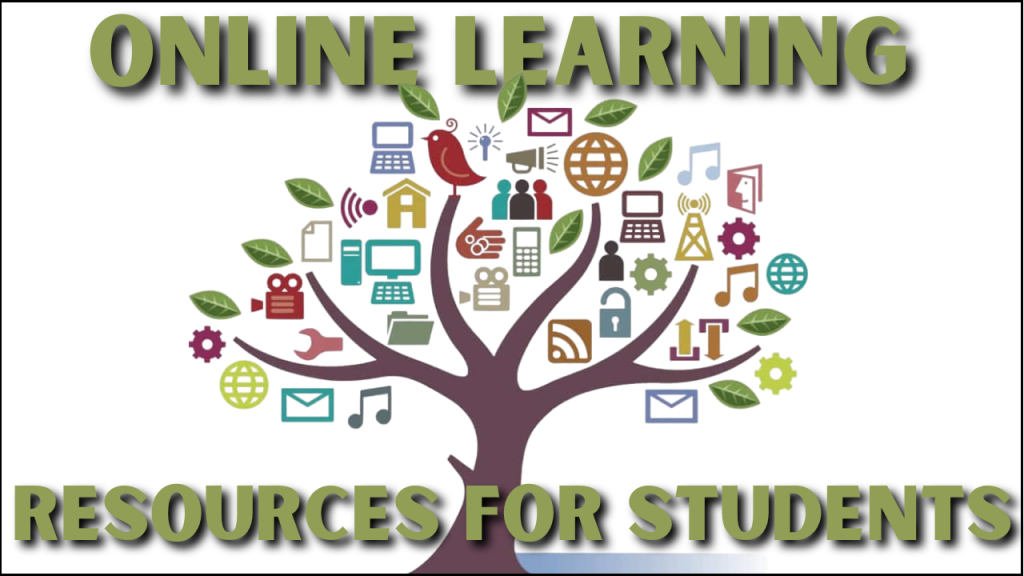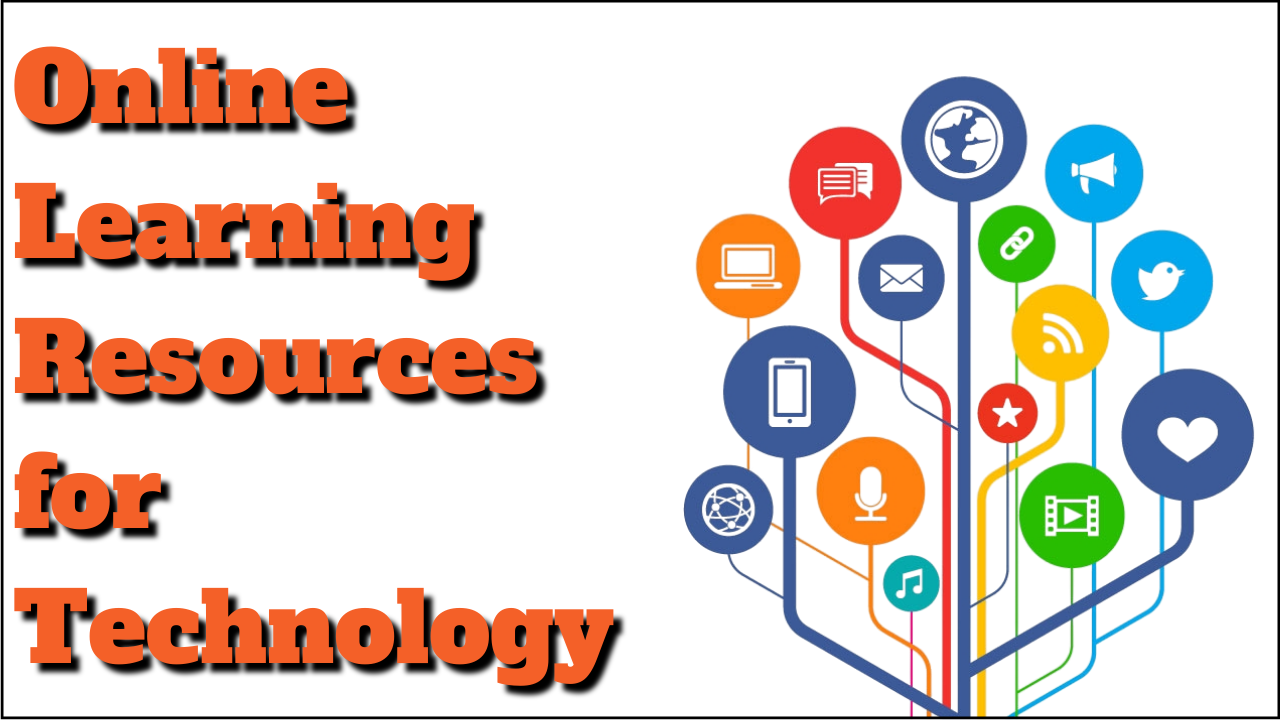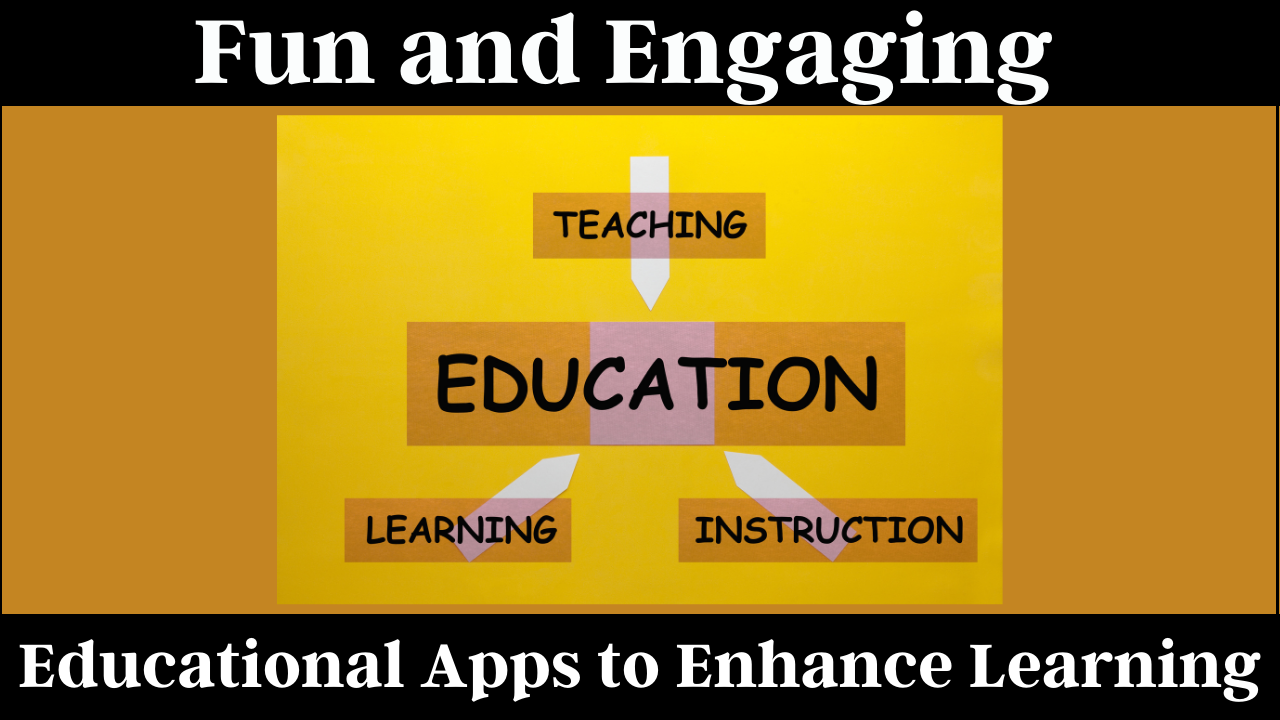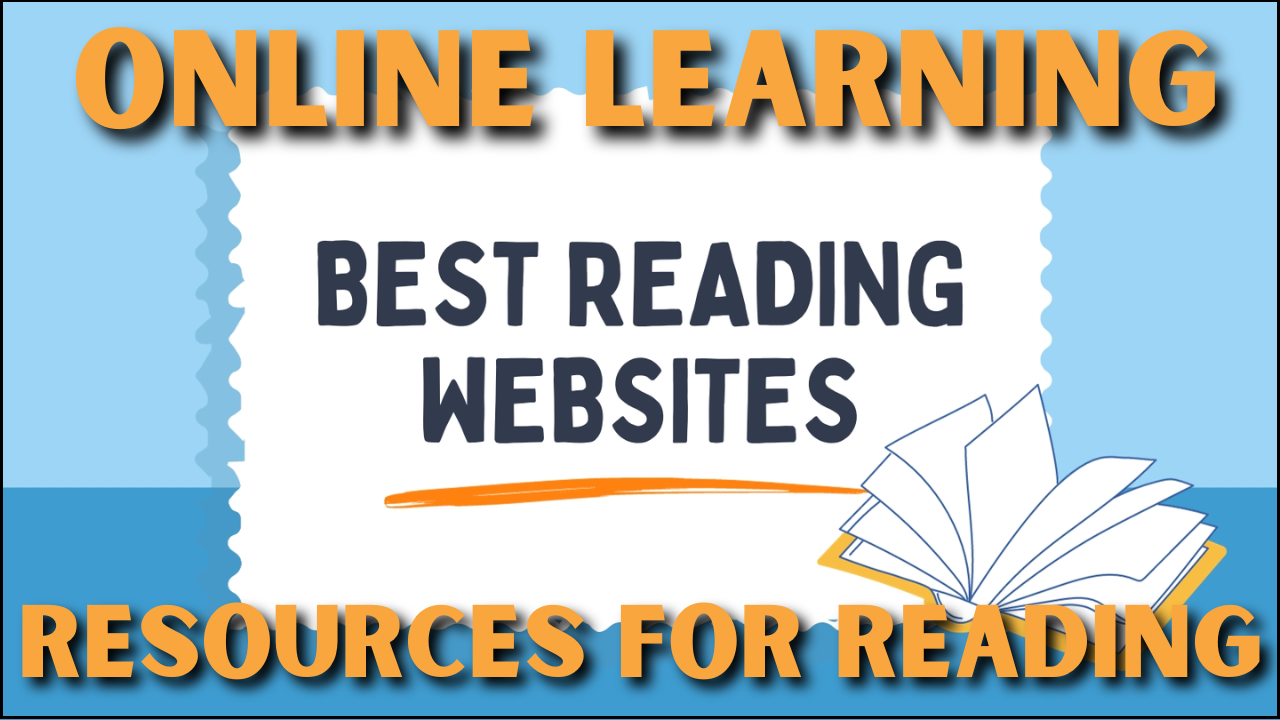
In the wake of unexpected school closures due to events like bad weather or unforeseen circumstances, the importance of online learning resources has grown significantly. Schools are increasingly relying on e-learning to ensure the continuity of education. The challenge lies in making the virtual classroom experience as effective as the physical one. To bridge this gap, online resources across various subjects provide students and teachers with valuable tools to enhance their learning experiences. This article explores the diverse online learning platforms available for students in different subjects, highlighting how they can benefit both learners and educators.
Online Learning Resources by Subject
1. Mathematics
Mathematics is one of the most common subjects where online resources have a profound impact. Platforms like UnLock Math offer structured learning resources from grades 6 to 12, providing students with the necessary tools to master complex concepts. Xtramath focuses on supplemental math activities designed to strengthen basic arithmetic skills, making it ideal for younger students. For personalized learning, Ascend Math offers customized study plans, adapting to the specific needs of each student from kindergarten through grade 12. NumBots emphasizes interactive strategies for mastering fundamental math operations such as addition and subtraction.
2. Reading and Language Arts
Reading is foundational to all academic subjects, and there are numerous online platforms available for students of all ages. Storyline Online allows children to listen to books read aloud by famous authors, fostering a love for reading. CommonLit offers reading passages from grades 3 to 12, aiding in the development of comprehension skills. Students can further practice spelling through platforms like Spelling Training, which caters to grades 1 through 4, and explore poetry through We Are Teachers, making the learning experience interactive and fun.
3. Grammar and Writing
A firm grasp of grammar is essential for effective communication. Platforms like Grammaropolis provide engaging lessons focused on the eight parts of speech, while Classroom Cereal offers grammar exercises for students of all levels. For younger learners, Shurley focuses on language arts from grades K-8, using simple methods to teach grammar and writing. Meanwhile, Attitude Mag focuses on handwriting skills, complementing grammar learning by emphasizing clear and legible writing.
4. Science
Science education is enhanced through a variety of online resources that offer interactive lessons and real-world applications. Ocean by the Smithsonian Museum delves into marine biology and oceanography, providing students with virtual field trips and experiments. For those interested in wildlife, Premeditated Leftovers explores amphibians, and Adfg Alaska offers resources on Alaskan wildlife. Comprehensive science learning is also supported by platforms like Teach Chemistry, which provides resources suitable for all grade levels.
5. History and Social Studies
Understanding history and social studies is crucial for developing an informed worldview. Kids National Geographic offers resources on geography and animals, while Ben’s Guide provides a thorough explanation of the U.S. government. Platforms like Oer Project offer interactive history lessons, catering to learners of all ages. For a more engaging approach to history, Mission US allows students to experience historical events through interactive games and scenarios.
6. Technology and Coding
In today’s digital world, proficiency in technology is essential. Tynker is a coding platform that teaches students from kindergarten to 12th grade the fundamentals of programming and computer science. For students looking to improve their creative skills, Canva is an excellent tool for designing infographics, presentations, and posters. BlocksCAD introduces 3D CAD software, enabling students to explore computer programming and math simultaneously, while Codecraft Works focuses on computer science and coding.
7. Physical Education
Physical activity is as important as academic learning, and several online resources promote physical well-being. GoNoodle offers mindfulness and exercise videos that encourage movement for children. Platforms like Lemon Lime Adventures engage students with creative “animal walks” that combine adventure with physical activity. Carone Learning provides comprehensive physical education courses, while Fit Sanford Health offers short yoga classes, perfect for rejuvenating students after long study sessions.
8. Music and Arts
Music and the arts stimulate creativity, and online resources are enhancing students’ exposure to these subjects. Chrome Music Lab offers various music activities for students of all ages, while Quavered provides music games for learning music theory. Theta Music Trainer uses games to enhance ear training and music theory skills. In the field of visual arts, NGA and Metmuseum offer interactive ways to explore art history, while Artsology provides students with opportunities to engage in artistic investigations and play creative games.
9. Life Skills
Life skills are essential for personal development, and platforms like Clubscikidzmd introduce students to fun science and cooking experiments. Overcoming Obstacles offers a curriculum that teaches social and emotional skills, helping students navigate challenges in life. Ngpf provides practical learning resources on financial literacy, including games and lesson plans. For culinary skills, Nomsterchef offers cooking lessons tailored for children aged 2 to 12.
Conclusion
The transition to online learning has become indispensable in ensuring that students continue their education, regardless of physical school closures. With the wide array of online learning resources available, students can not only keep up with their regular studies but also explore new subjects and develop essential life skills. These platforms make learning more interactive and personalized, ensuring that students can engage with content in a way that suits their learning style. Teachers also benefit by using these tools to supplement traditional teaching methods, ensuring that students receive a well-rounded education.
FAQs
1. How can online learning resources benefit students?
Ans: Online learning resources provide flexibility, personalized learning, and access to a wide range of subjects, enhancing students’ academic experiences.
2. How can teachers integrate these resources into their classrooms?
Ans: Teachers can use these online tools as supplemental material, incorporating them into lessons for interactive and individualized learning, or assigning them as part of homework or projects.




